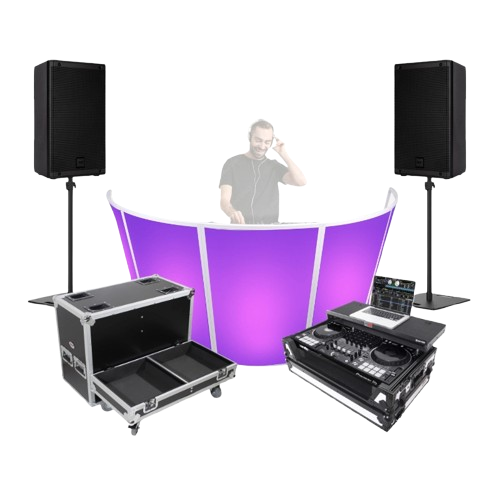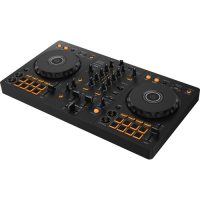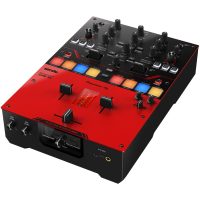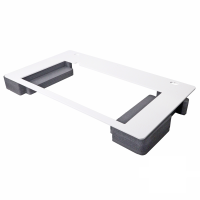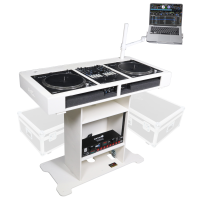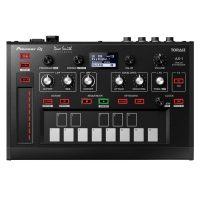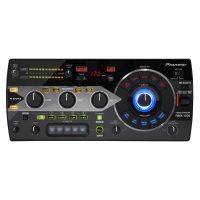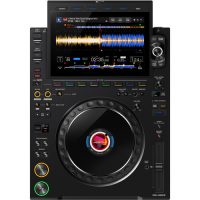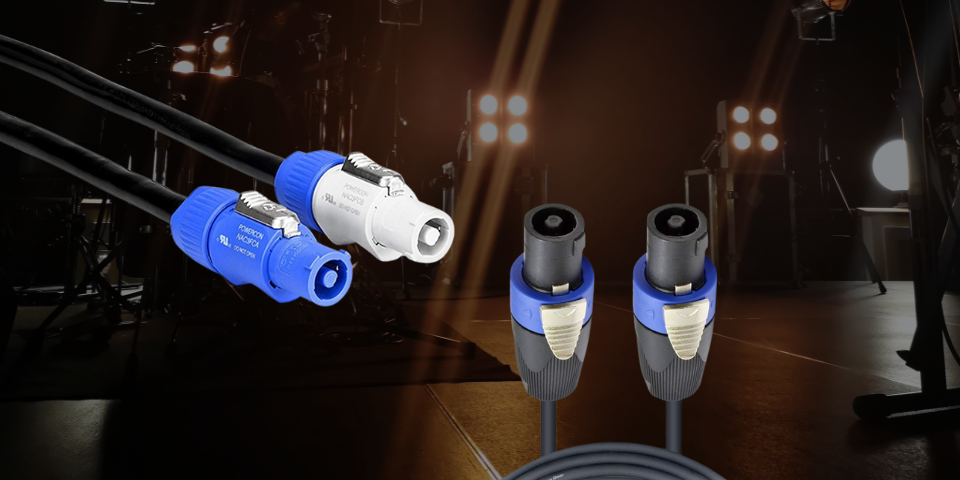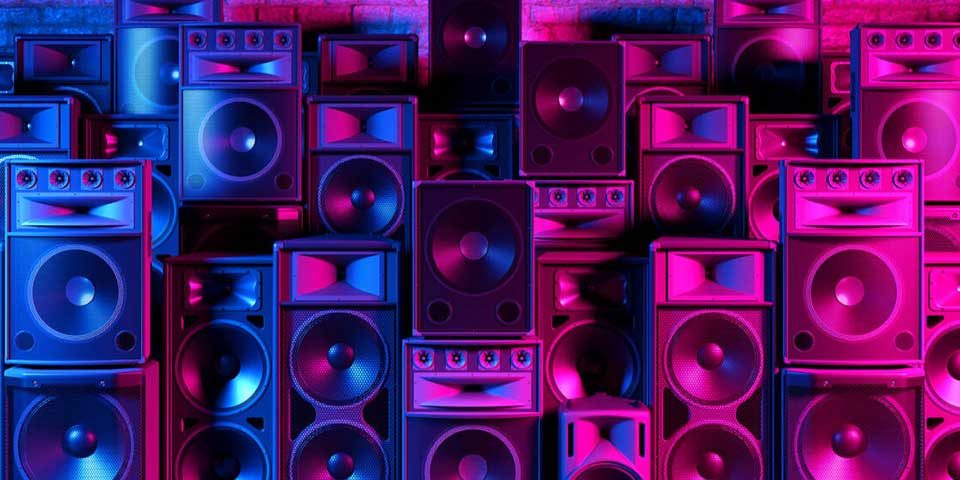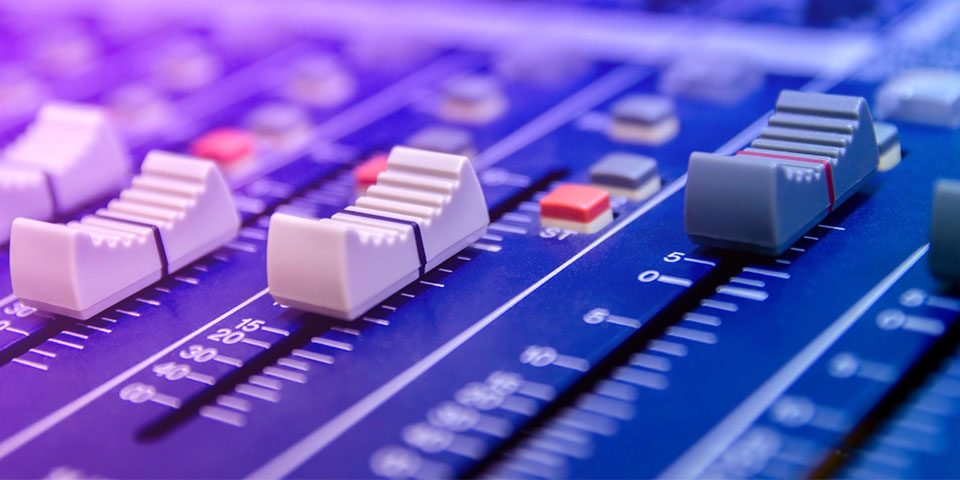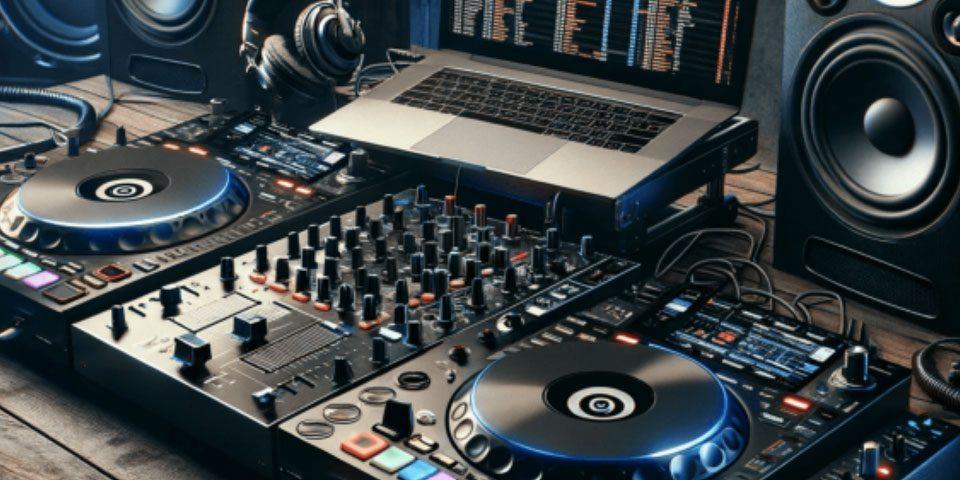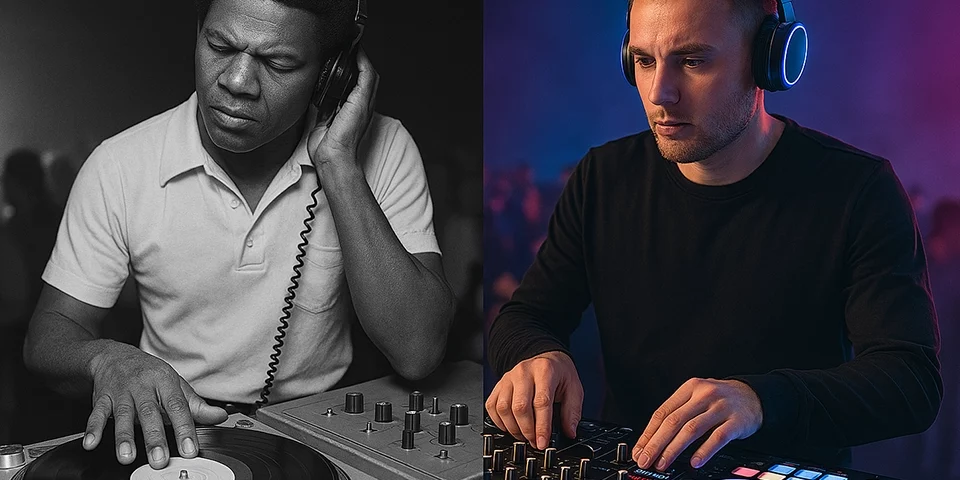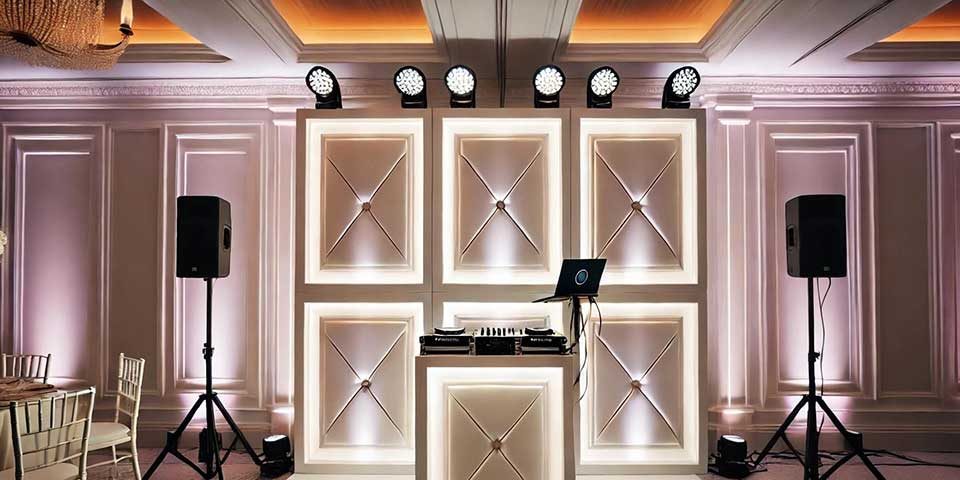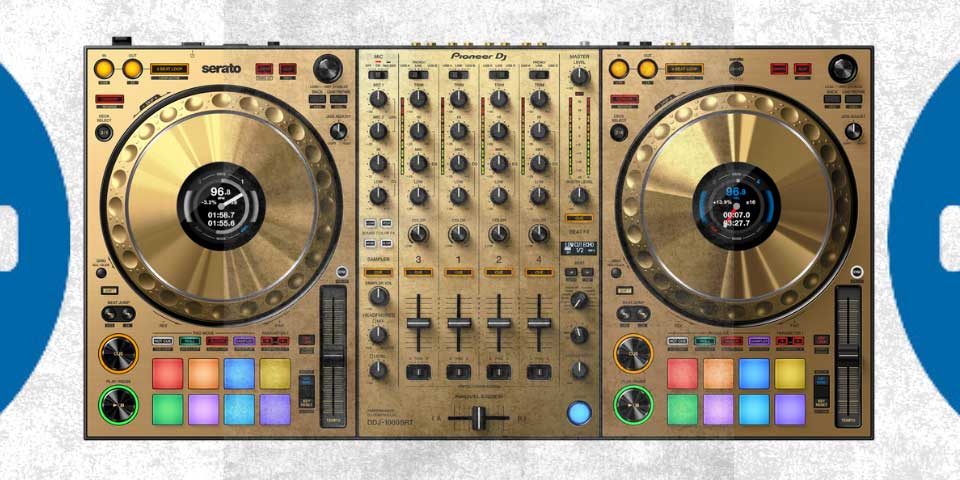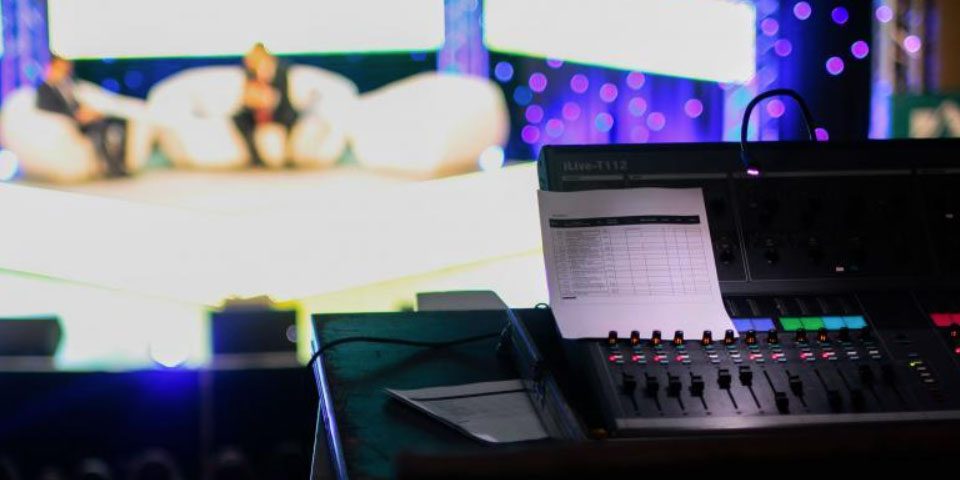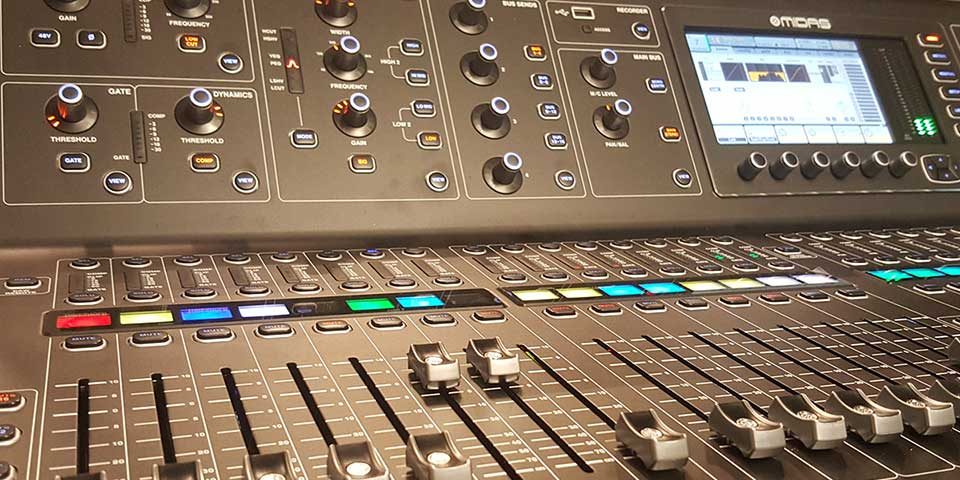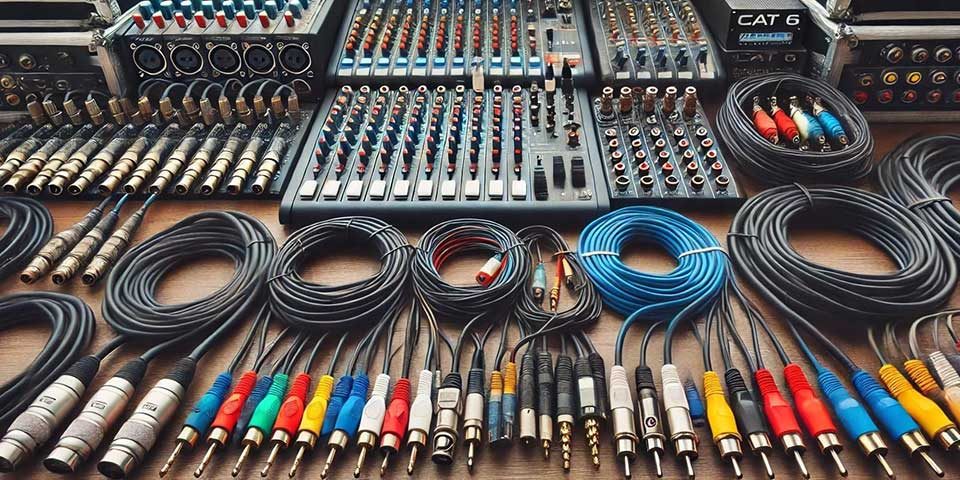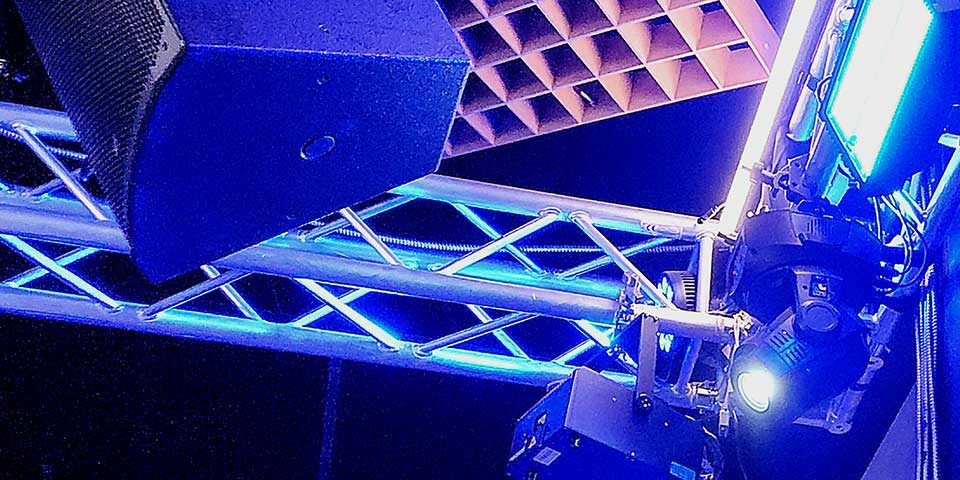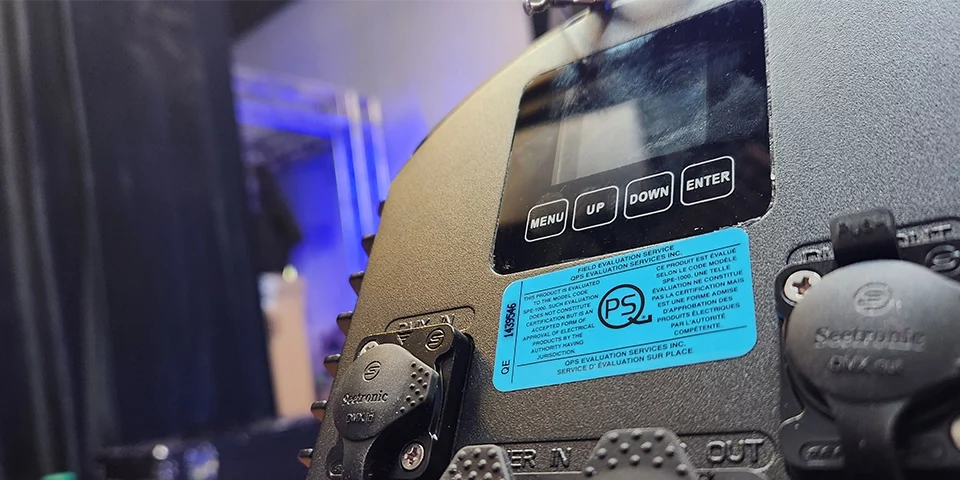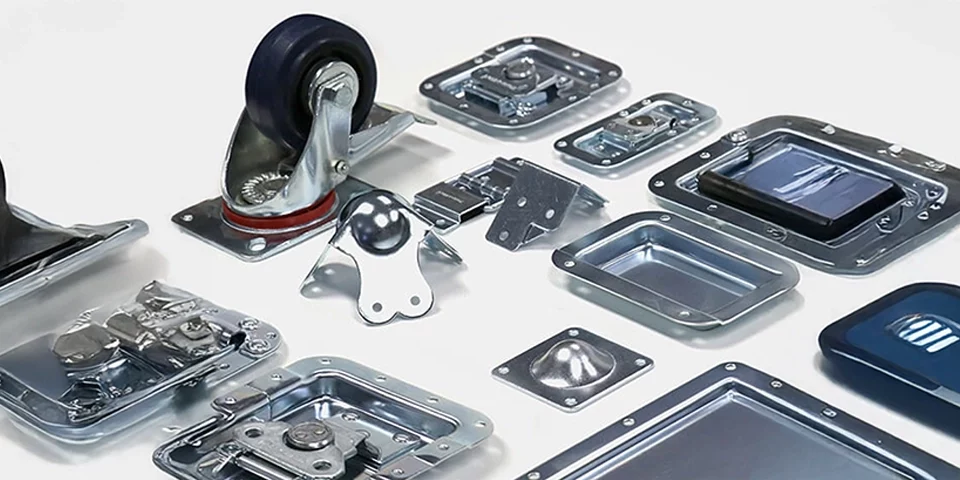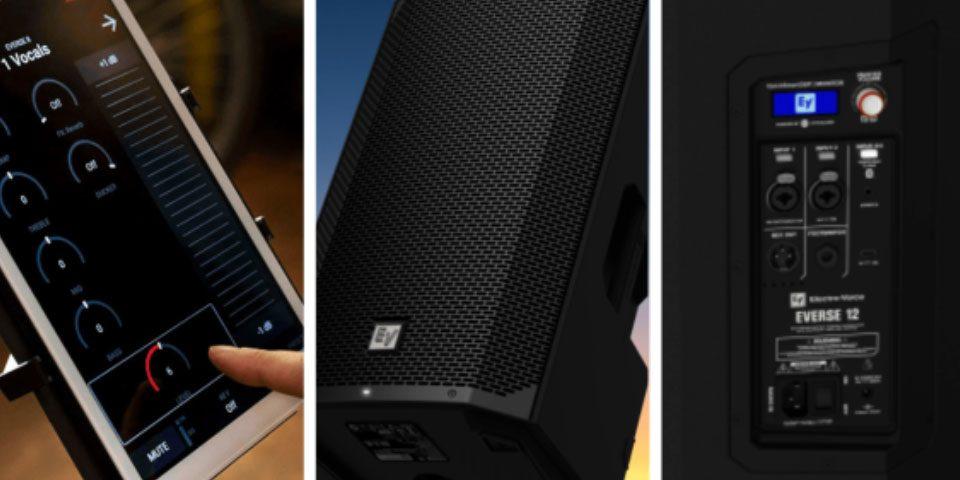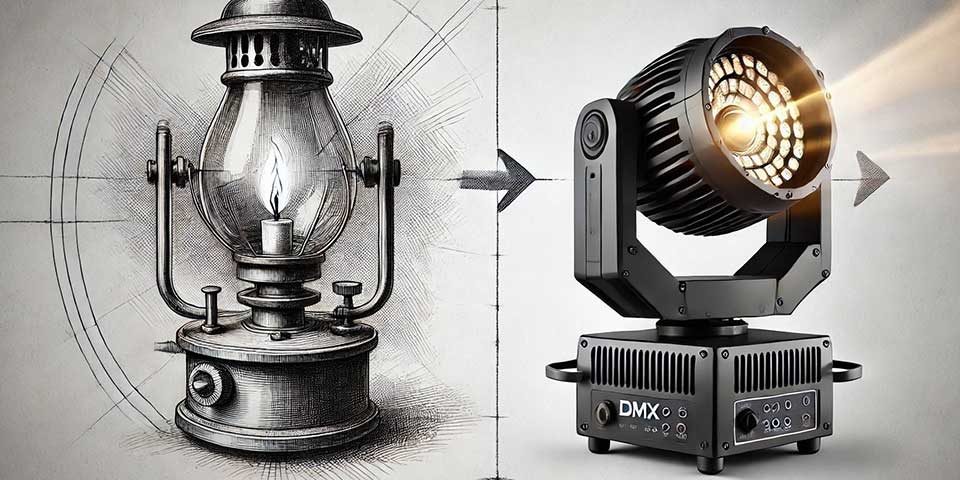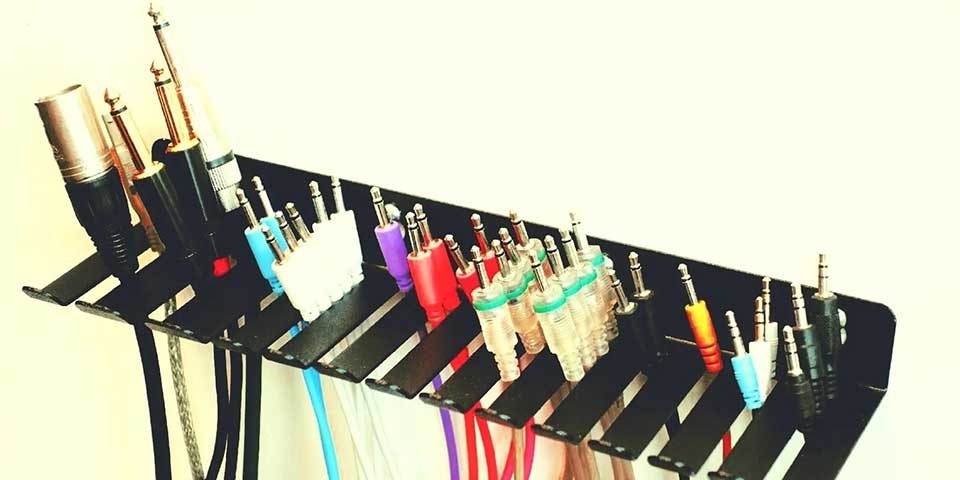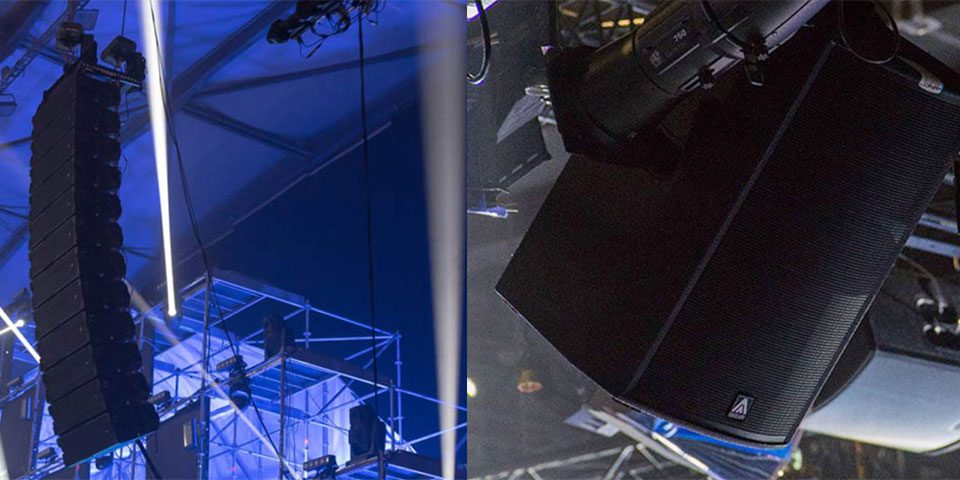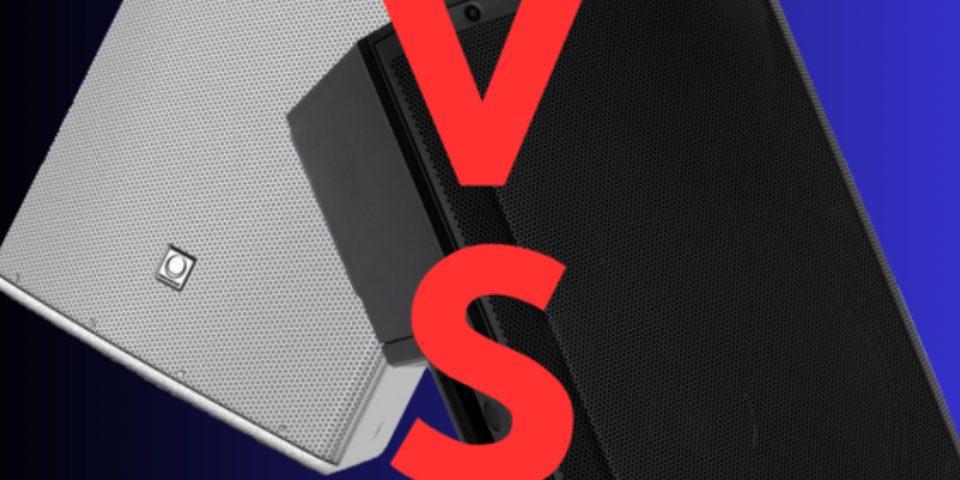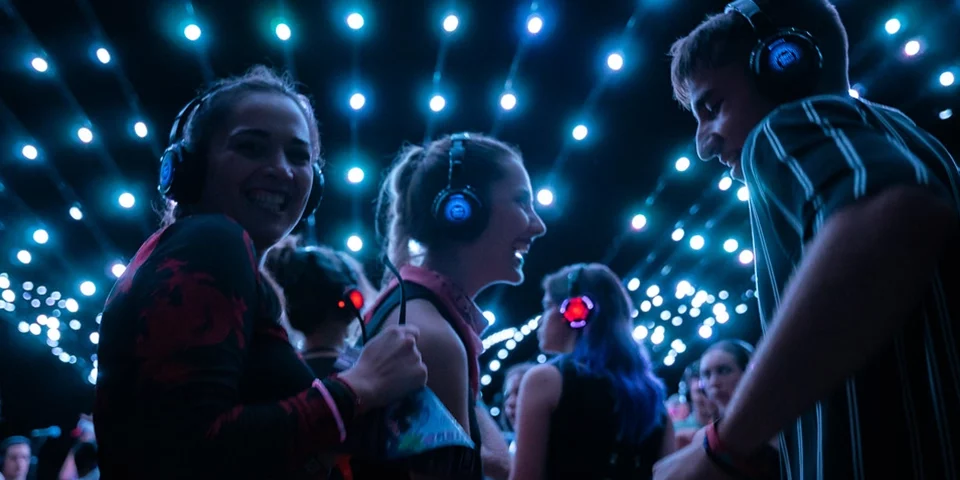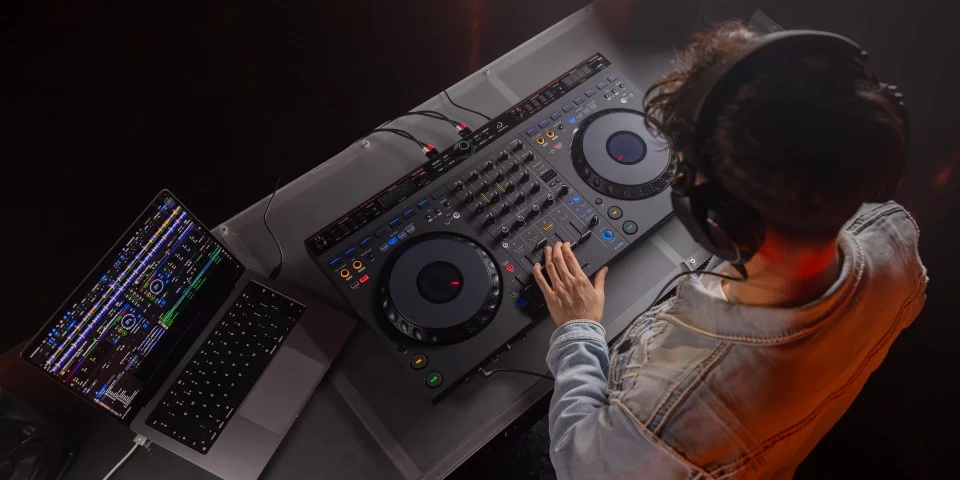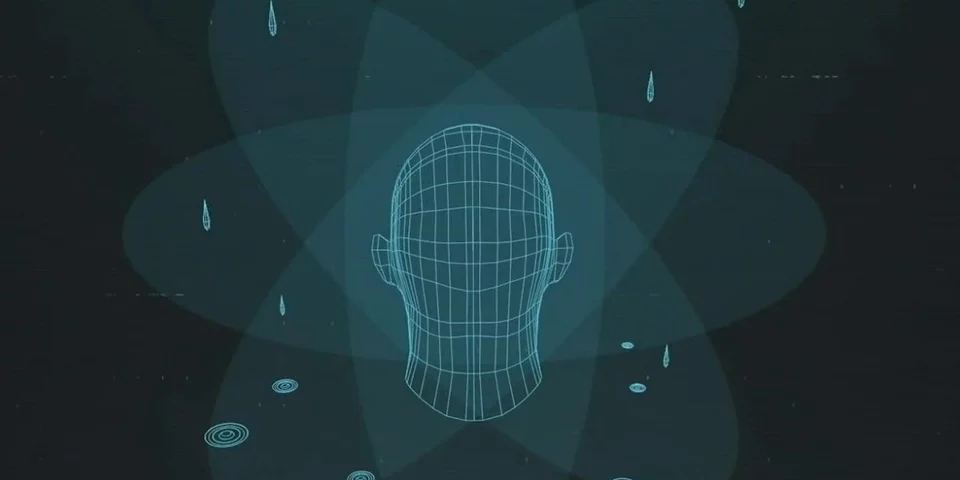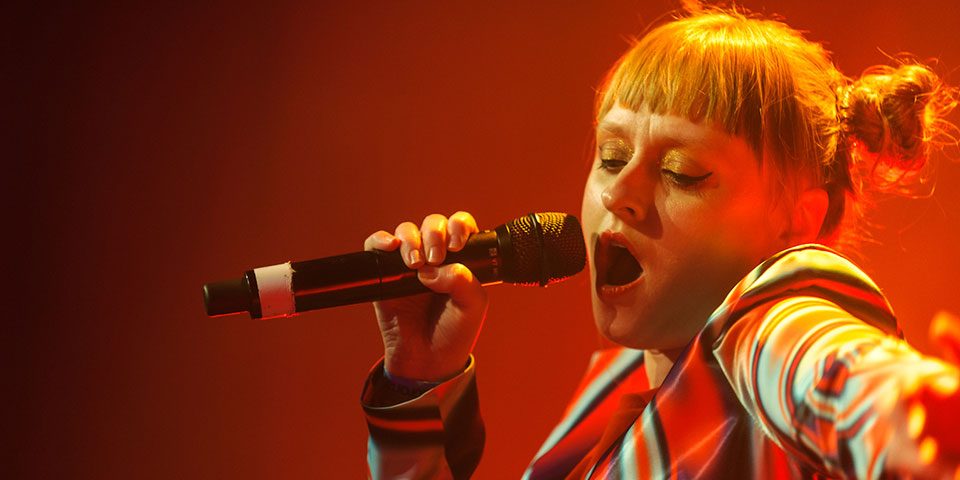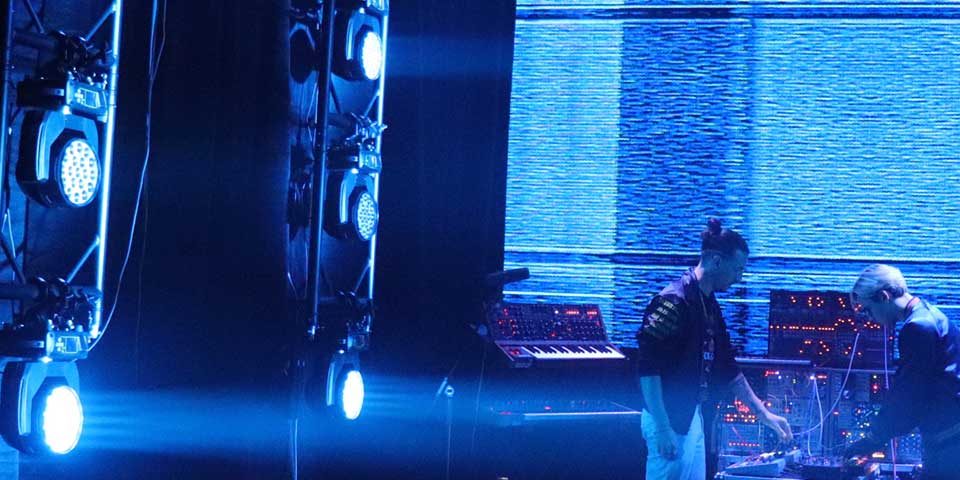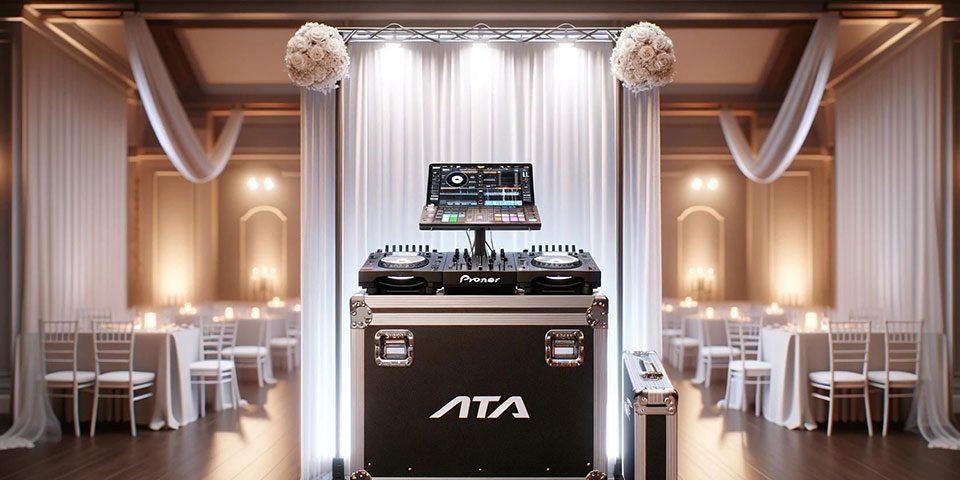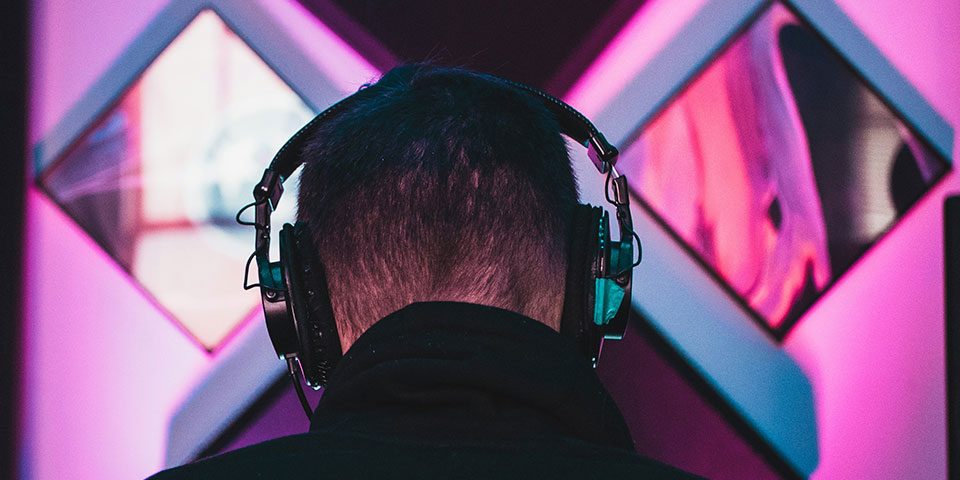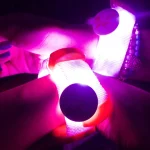
Sustainable Event Production: How Coldplay & Billie Eilish Are Reducing Their Carbon Footprint

Sustainable Event Production: How Coldplay & Billie Eilish Are Reducing Their Carbon Footprint
The Evolution of DJ Controllers: From Basic Mixers to All-in-One Systems
The evolution of DJ controllers has fundamentally reshaped the art of DJing. What began with simple rotary mixers and vinyl turntables has developed into all-in-one systems with deep software integration and advanced performance tools. Understanding how this transformation occurred helps DJs at every level make smarter gear choices and master modern workflows.
Origins of DJing – The Analog Foundations
The roots of the evolution of DJ controllers go back to a fully analog world. During the 1970s and '80s, DJs used a two-turntable setup with a basic analog mixer to blend vinyl records. These early mixers — like the Bozak CMA-10-2DL and Alex Rosner’s “Rosie” — were minimalist by today’s standards. They featured rotary volume controls, simple EQs, and lacked built-in effects or visual feedback.
Turntables such as the Technics SL-1200 MK2, released in 1979, set the benchmark for performance. Its high-torque, direct-drive motor and pitch control accuracy made it the preferred choice for beatmatching and scratching. DJs used slipmats to cue records with precision and invented new techniques like slip-cueing and scratching — a style pioneered by Grand Wizzard Theodore. These tactile methods formed the performance DNA that modern controllers now emulate.
From Vinyl to Virtual – The Early Digital DJ Era
In the early 2000s, digital audio replaced physical media. DJs began working with MP3s and digital libraries stored on laptops. But they still needed hardware to control the software. That’s when early DJ controllers like the Numark DMC-1 and Hercules DJ Console appeared. These devices used MIDI, a digital language that sent control signals — such as button presses or jog wheel movement — to DJ software.
The controller itself didn’t store or play audio. Instead, it communicated with a computer running platforms like Serato Scratch Live and Traktor Studio. These programs introduced Digital Vinyl Systems (DVS), allowing DJs to control digital tracks using traditional turntables and timecode vinyl. This marked a huge step in the evolution of DJ controllers, combining the analog feel with digital precision.
Controllers and software grew together. DJs moved beyond simple mixing into creative performance. Features like loops, hot cues, waveform displays, and instant FX turned DJ sets into live remixes. For those exploring software options, the rekordbox vs Serato comparison is a useful deep dive.
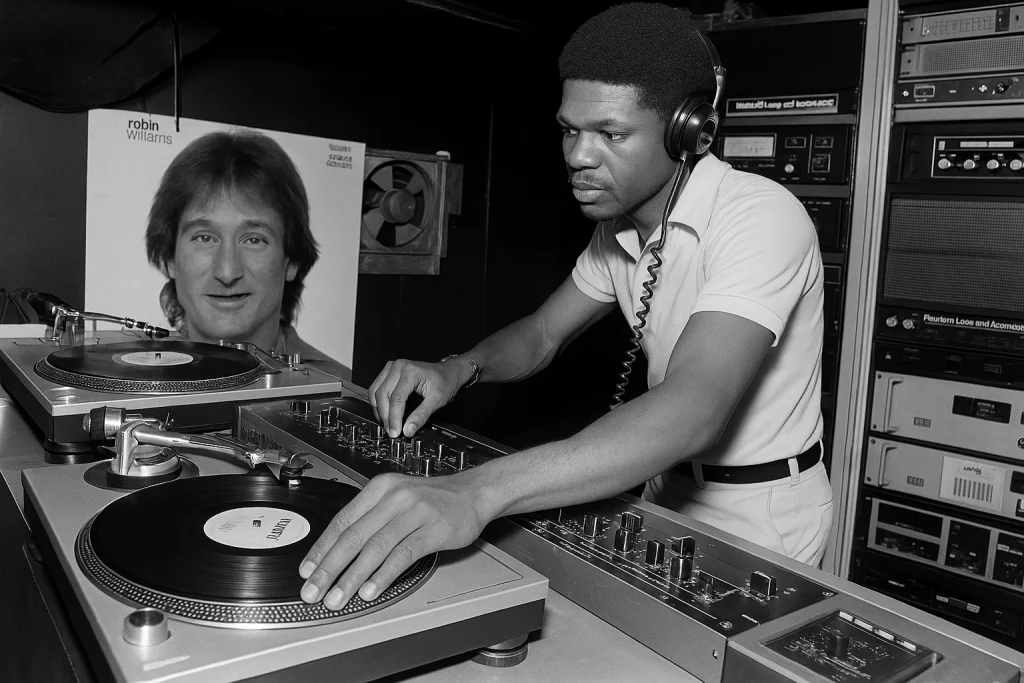
DJ Controller History in the 2000s and 2010s
The 2007 release of the Vestax VCI-100 was a turning point in the controller market. It mimicked a full DJ setup — two decks and a mixer — in one portable unit. DJs no longer needed turntables, a mixer, and an external interface. This innovation helped drive the next phase in the evolution of DJ controllers.
At the same time, software matured. rekordbox, Serato DJ, and Virtual DJ improved their HID support, allowing for more accurate control, lower latency, and two-way data exchange. DJs could now see waveforms or cue points directly on their hardware screens.
The Pioneer DDJ-1000 further blurred the line between controllers and club-standard CDJs. With full-size jog wheels, onboard FX, and a layout that mirrored Pioneer’s flagship gear, it became a go-to for DJs who wanted pro-level performance without standalone gear. Initially rekordbox-only, it later gained Serato compatibility — confirmed here: DDJ-1000 and Serato.
Evolution of DJ Controllers into All-in-One Systems
As technology advanced, DJ controllers evolved into standalone all-in-one systems. These units don’t need a laptop. Instead, they include built-in screens, software engines, media readers, and internet streaming. DJs can load music from a USB drive or SD card and start performing instantly.
Products like the Denon DJ Prime 4 and Pioneer XDJ-RX3 lead this movement. They support multi-deck mixing, onboard FX, and even real-time stem separation. That means DJs can isolate vocals or drums from a full track — live. For mobile DJs or unique event formats like silent discos, these systems offer compact, powerful setups.
The Pioneer DDJ-FLX6 offers flexibility without going fully standalone. It works with both Serato and rekordbox, includes 4-channel control, Merge FX, and jog cutter functionality. It’s a true hybrid — ideal for DJs transitioning from beginner gear or working across software ecosystems.
Comparing Beginner and Professional DJ Controllers
Beginner controllers often use lightweight materials, offer basic audio outputs, and include smaller jog wheels. They may lack advanced features like standalone mixer mode, high-resolution displays, or multi-input support. These devices are ideal for learning but may not hold up in club or event settings.
Professional controllers are built for durability and performance. They often include metal housings, full-sized jog wheels, balanced XLR outputs, dual USB ports for B2B sets, and standalone mixing. These features make them more reliable during long sets and high-pressure gigs.
DJs often upgrade when their gear limits creativity. That might be due to needing more input channels, wanting better scratch response, or requiring outputs that match professional PA systems. Recognizing those limitations is part of every DJ’s growth.
Key Innovations That Shaped the Evolution of DJ Controllers
The evolution of DJ controllers includes several important hardware and software advances. Jog wheels have become touch-sensitive and even motorized, offering near-vinyl response. Crossfaders have transitioned to magnetic designs, improving feel and durability. RGB performance pads let DJs manipulate loops, samples, and effects in real time.
The rise of DVS made it possible for vinyl users to adopt digital setups without losing the hands-on feel. More recently, stem separation lets DJs break down tracks into vocals, drums, and instruments for live remixing. These features continue to redefine what it means to “mix.”
Looking ahead, AI-assisted features could recommend compatible tracks, adjust EQ during transitions, or even automate harmonic mixing. Haptic jog wheels might provide resistance feedback at beat markers or simulate vinyl groove tension. Wireless modular controllers may allow separate decks and mixers to communicate without cables, offering customizable layouts for any performance environment.
Timeline: The Technological Journey of DJ Controllers
The timeline of DJ controller evolution starts in the 1970s, when DJs used analog mixers like the Bozak and Technics SL-1200 turntables. In the early 2000s, digital controllers like the Numark DMC-1 and Hercules DJ Console arrived, paired with software like Traktor and Serato. The mid-2000s brought DVS, allowing digital files to be controlled with vinyl. In the late 2000s and early 2010s, all-in-one units like the Vestax VCI-100 and Pioneer DDJ-SX emerged. By the 2020s, standalone systems with touchscreens, FX, and streaming have become the new standard — redefining how DJs interact with music.
Final Thoughts: Where Is the Evolution of DJ Controllers Taking Us?
The evolution of DJ controllers reflects a broader change in music culture. DJs today aren’t just mixing records — they’re remixing, performing, and producing live. The tools they use are designed for creativity and connection, whether in clubs, festivals, or live streams.
If you’re upgrading your setup, understanding this evolution gives context. Whether you choose a powerful standalone unit or a flexible hybrid like the Pioneer DDJ-FLX6, you’re stepping into a lineage of innovation. Explore more options in DJ equipment, or revisit analog roots through classic turntables. The future of DJing is here — and it’s still evolving.


